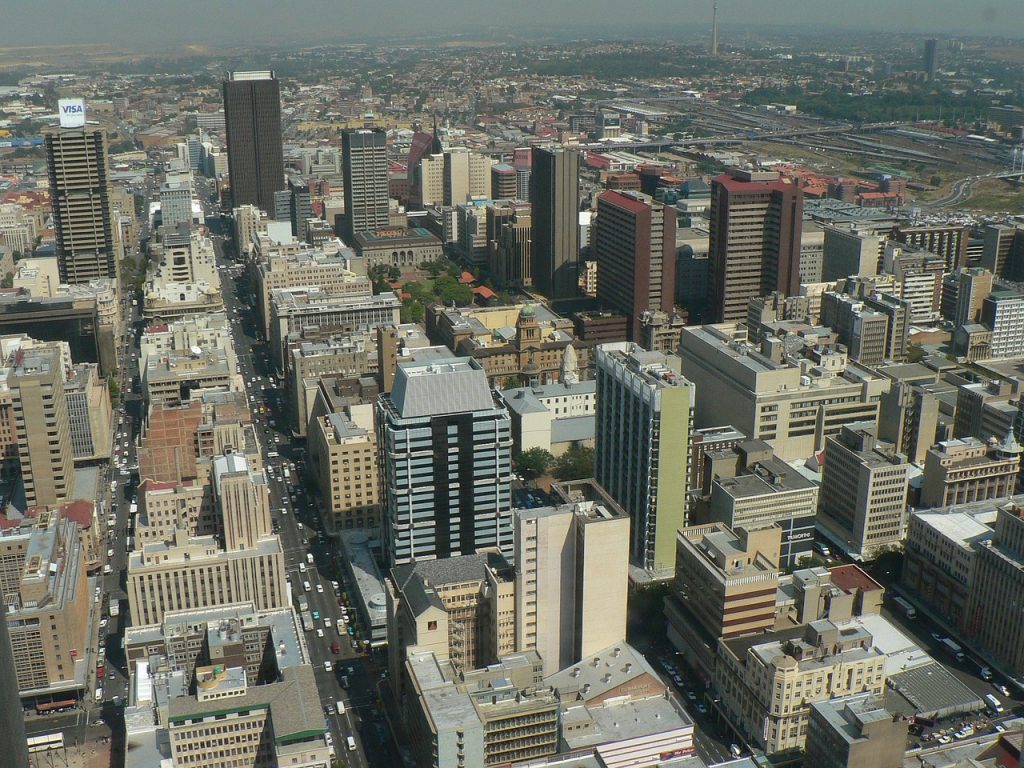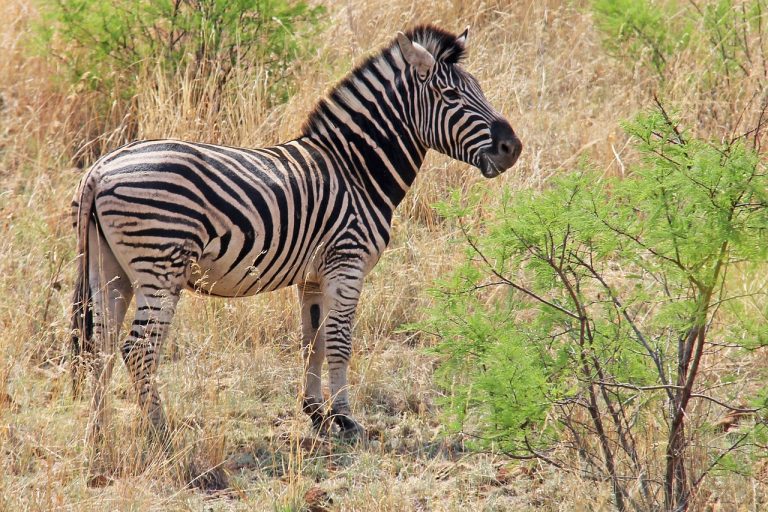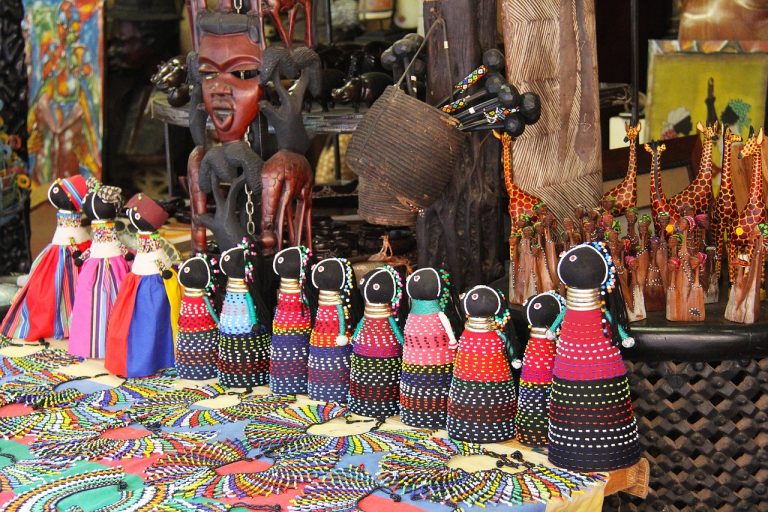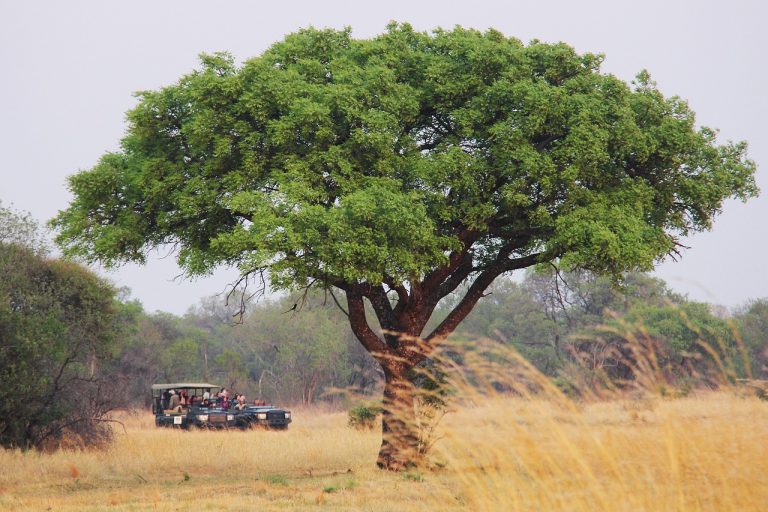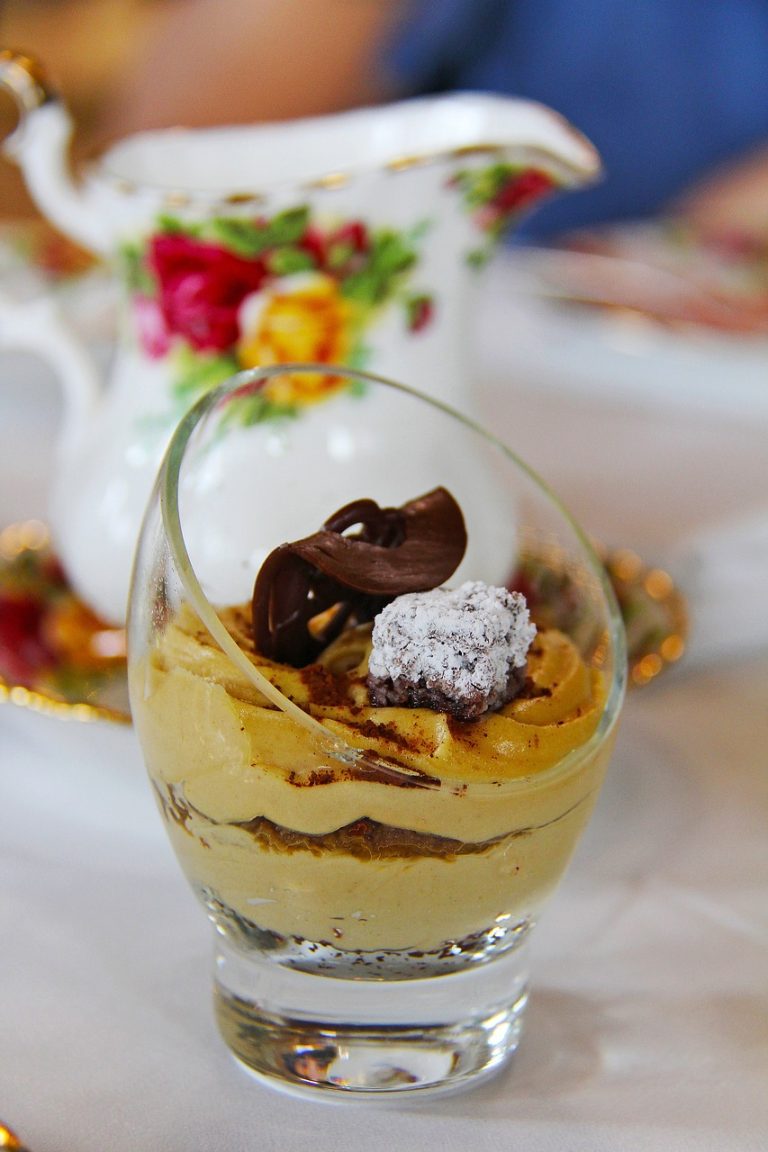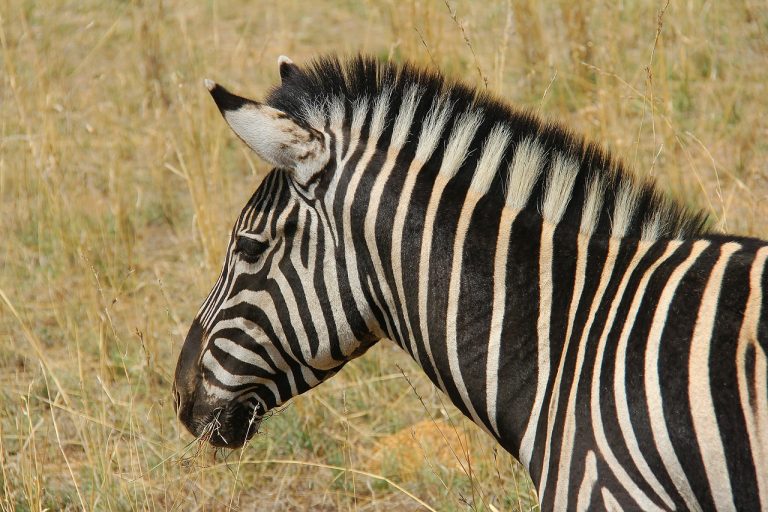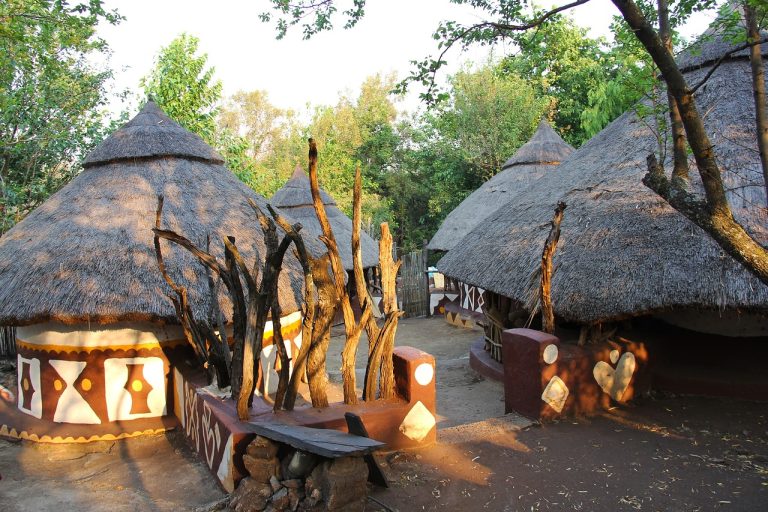Johannesburg South Africa Video
A Brief Introduction to Johannesburg
Johannesburg, also known as Jozi or Joburg, is the largest city in South Africa and the provincial capital of Gauteng. It is a vibrant and bustling metropolis that offers a diverse range of attractions and landmarks. From historical sites to modern skyscrapers, Johannesburg has something for everyone. In this article, we will take a deep dive into the historical landmarks of Johannesburg, exploring the rich history and cultural heritage of this fascinating city.
The Apartheid Museum
The Apartheid Museum is a must-visit landmark in Johannesburg that provides a comprehensive understanding of South Africa’s history of racial segregation. The museum showcases the rise and fall of apartheid through a series of interactive exhibits, photographs, and artifacts. Visitors can explore the different aspects of apartheid, including the forced removals, the pass laws, and the struggle for freedom. The Apartheid Museum offers a powerful and thought-provoking experience that highlights the resilience of the South African people.
- Resistance Movements: Learn about the various resistance movements that fought against apartheid, including the African National Congress (ANC) and the Pan Africanist Congress (PAC).
- Robben Island: Discover the significance of Robben Island, where Nelson Mandela and many other political prisoners were incarcerated during the apartheid era.
- Truth and Reconciliation: Understand the process of truth and reconciliation that South Africa embarked upon after the end of apartheid.
Johannesburg South Africa Image 1:

The Cradle of Humankind
The Cradle of Humankind is a UNESCO World Heritage Site located just outside Johannesburg. It is one of the world’s richest hominin fossil sites, with numerous caves and excavation sites that have yielded significant discoveries. Visitors to the Cradle of Humankind can explore the Sterkfontein Caves, where the famous fossil “Mrs. Ples” was found, and learn about the evolution of humankind.
- Fossil Discoveries: Discover the incredible fossil discoveries made in the Cradle of Humankind, including the famous Australopithecus africanus.
- Maropeng Visitor Centre: Visit the Maropeng Visitor Centre, an interactive museum that provides a fascinating insight into human evolution.
- Archaeological Excavations: Learn about the ongoing archaeological excavations in the Cradle of Humankind and the scientific research being conducted.
The Nelson Mandela National Museum
Formerly known as the Mandela Family Museum, the Nelson Mandela National Museum is located in the house where Nelson Mandela lived from 1946 to 1962. The museum showcases the life and legacy of Nelson Mandela, South Africa’s first democratically elected president and a global icon of peace and reconciliation. Visitors can explore the rooms where Mandela lived, view personal artifacts and memorabilia, and learn about his role in the struggle against apartheid.
- Struggle Against Apartheid: Gain insight into Nelson Mandela’s role in the struggle against apartheid and his long imprisonment on Robben Island.
- Personal Belongings: View personal belongings and artifacts that belonged to Nelson Mandela, including his iconic “Madiba” shirts.
- Legacy and Impact: Understand the lasting impact of Nelson Mandela’s leadership and his contribution to the fight for equality and justice.
Johannesburg South Africa Image 2:

The Johannesburg Art Gallery
The Johannesburg Art Gallery is the largest art museum in South Africa and one of the most significant art collections on the African continent. The gallery houses a diverse range of artworks, including traditional African art, contemporary pieces, and works by renowned international artists. Visitors can explore the various exhibitions and appreciate the rich artistic heritage of South Africa.
- South African Artists: Discover the works of prominent South African artists, such as Gerard Sekoto, Irma Stern, and William Kentridge.
- Contemporary Art: Explore the vibrant contemporary art scene in Johannesburg through the gallery’s modern and experimental exhibitions.
- African Art: Learn about the rich traditions and cultural expressions of African art through the gallery’s extensive collection.
The Constitution Hill
The Constitution Hill is a living museum and heritage site that showcases South Africa’s journey from colonialism to democracy. It is located on the site of the Old Fort Prison Complex, where political prisoners, including Mahatma Gandhi and Nelson Mandela, were once held. Visitors can explore the prison cells, visit the Constitutional Court, and learn about the country’s constitutional democracy.
- Old Fort Prison Complex: Discover the history of the Old Fort Prison Complex and its significance in the struggle against apartheid.
- Constitutional Court: Visit the Constitutional Court, the highest court in South Africa, and learn about its role in upholding human rights and democracy.
- Art and Exhibitions: Experience the thought-provoking art installations and exhibitions that shed light on South Africa’s past and present.
Johannesburg South Africa Image 3:
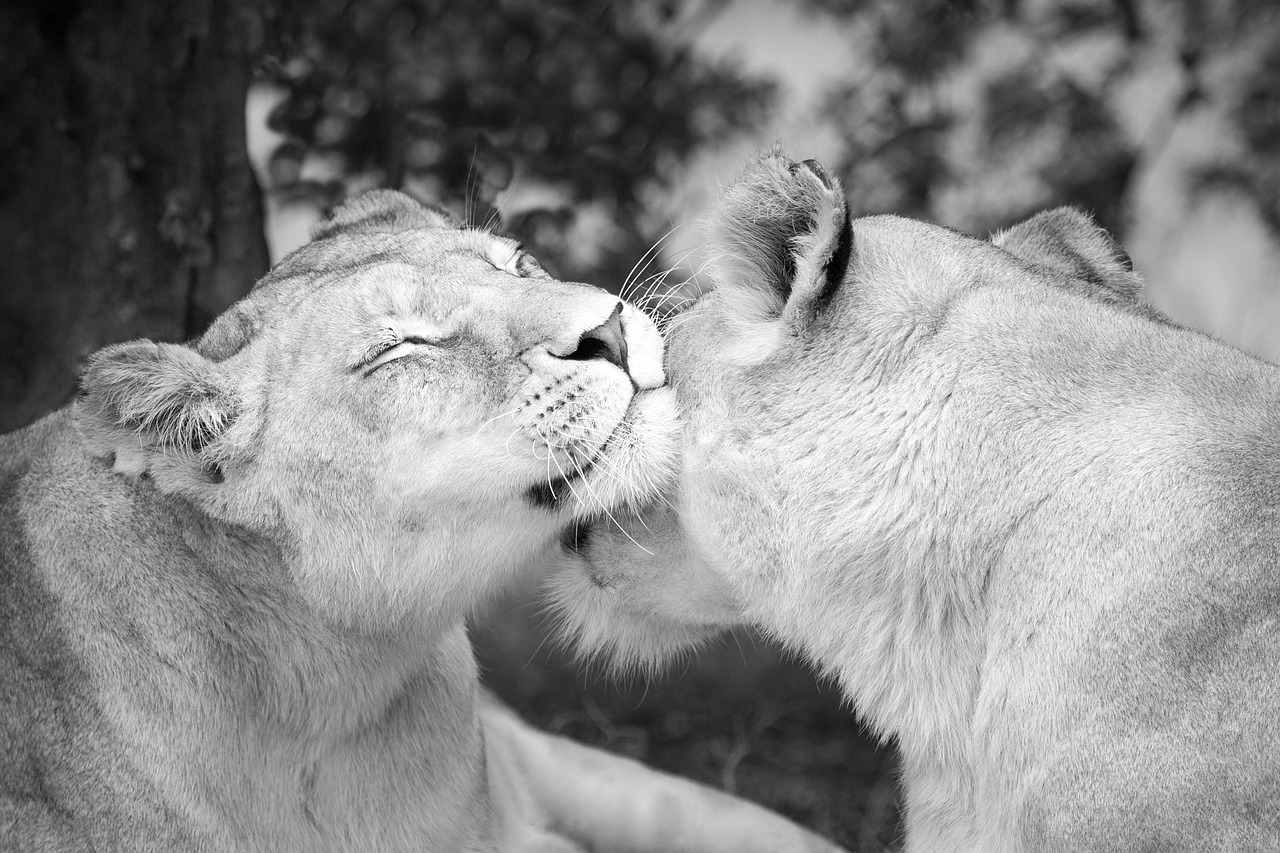
The Walter Sisulu National Botanical Garden
The Walter Sisulu National Botanical Garden is a tranquil oasis located in the outskirts of Johannesburg. It is home to a diverse array of indigenous plants, wildlife, and bird species. Visitors can enjoy leisurely walks, picnics, and bird watching in the beautiful surroundings of the garden.
- Indigenous Plant Species: Explore the garden’s extensive collection of indigenous plants, including rare and endangered species.
- Waterfall: Admire the spectacular Witpoortjie Waterfall, a natural feature that adds to the beauty of the garden.
- Bird Watching: Spot a wide variety of bird species in the garden, including the resident pair of Verreaux’s eagles.
The Origins Centre
The Origins Centre is a world-class museum that explores the origins of humankind and the rich cultural heritage of South Africa’s indigenous peoples. The museum features interactive displays, rock art exhibitions, and archaeological artifacts that provide insights into the ancient history and traditions of the region.
- Ancient Rock Art: Learn about the significance of rock art and its interpretation in understanding the beliefs and rituals of early humans.
- San People: Discover the culture and way of life of the San people, one of the oldest indigenous groups in Southern Africa.
- Archaeological Discoveries: Explore the archaeological discoveries that have shaped our understanding of human evolution in the region.
The Soweto Township
Soweto, short for South Western Townships, is a vibrant and culturally significant township located on the outskirts of Johannesburg. It played a pivotal role in the struggle against apartheid and is home to many iconic landmarks and historical sites.
- Hector Pieterson Memorial and Museum: Pay tribute to the young boy who became an iconic symbol of the Soweto Uprising in 1976.
- Vilakazi Street: Visit Vilakazi Street, the only street in the world that has been home to two Nobel Prize winners, Nelson Mandela and Archbishop Desmond Tutu.
- Regina Mundi Church: Explore the Regina Mundi Church, a significant gathering place during the anti-apartheid struggle.
The Johannesburg Zoo
The Johannesburg Zoo is a popular attraction for both locals and tourists, offering a chance to see a wide variety of animal species up close. The zoo is home to over 2,000 animals, including lions, elephants, giraffes, and many more.
- Animal Conservation: Learn about the zoo’s efforts in animal conservation and its role in protecting endangered species.
- Animal Encounters: Experience unique animal encounters, such as feeding sessions and behind-the-scenes tours.
- Educational Programs: Participate in educational programs and learn about the importance of wildlife conservation.
Conclusion
Johannesburg, with its rich history and diverse cultural heritage, offers a multitude of historical landmarks that provide insight into the city’s past and present. From museums and galleries to natural wonders and townships, each landmark tells a unique story and contributes to the tapestry of Johannesburg’s identity. By exploring these historical landmarks, visitors can gain a deeper understanding of the city’s complex history and the resilient spirit of its people.
References
– Apartheid Museum: www.apartheidmuseum.org
– Cradle of Humankind: www.maropeng.co.za
– Nelson Mandela National Museum: www.mandelahouse.com
– Johannesburg Art Gallery: www.joburg.org.za
– Constitution Hill: www.constitutionhill.org.za
– Walter Sisulu National Botanical Garden: www.sanbi.org
– Origins Centre: www.origins.org.za
– Soweto Tourism: www.soweto.co.za
– Johannesburg Zoo: www.jhbzoo.org.za

